Bentley’s Aero-Ace project
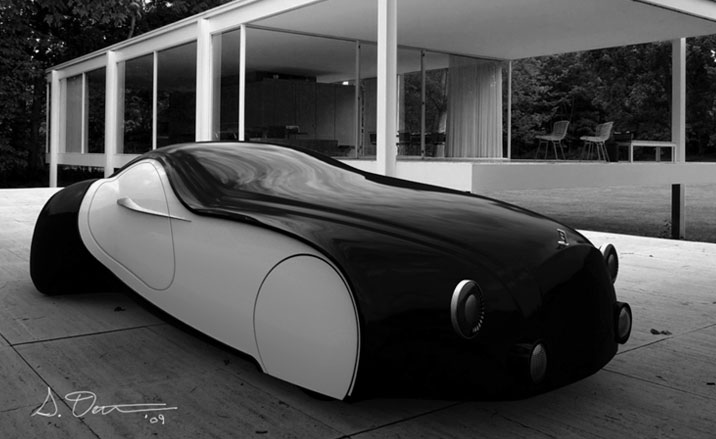
Shawn Deutchman, 26 from the US
Deutchman has proposed the Silhouette, an electric car that announces its power through a long bonnet and muscular rear stance. ‘Like a sprinter leaving the blocks, the vehicle has a forward momentum,’ he says.
Sam Livingstone, senior tutor in vehicle design at the Royal College of Art recently noted, ‘We are seeing a return to the prominence of aerodynamics, and the aerodynamic look, to both deliver and visually convey efficiency.”
This was the initiative behind Aero-Ace, a collaborative design project, just completed with Bentley - the objective being to explore a new aerodynamic design direction for the luxury marque. Second year RCA students were asked to identify a new vehicle direction for Bentley that would appeal to the ecologically conscious consumer.
Aided by specialist EXA evaluation software PowerFlow, their two-dimensional design proposals for a conceptual coupé needed to embrace aerodynamics in order to both reduce energy consumption and form part of a future Bentley design aesthetic.
The software simulates the aerodynamics of design at a digital model stage. The advantage being that it enables two-dimensional models to be accurately tested for their aerodynamic performance without having to make an actual real-life car.
The 18 participating students came up with very different proposals, with aero performance results ranging from CD 0.167 to 0.35. Livingstone notes: ‘There are no two that are thematically similar despite all being large Bentley coupés.’ The degree to which aerodynamics plays a role depends on the marque, although Livingstone has noticed a growing trend in considering aero performance at the early stages of design.
Exacting customers now expect their cars to have unwavering stability in all conditions, offer refined driving and the sort of speeds that 20 or so years ago would have applied only to purist sports cars. ‘So aerodynamics in car design is unarguably more important than ever. However, some companies still consider aerodynamics only at the end of a programme where they merely tweak details,’ says Livingstone.
Receive our daily digest of inspiration, escapism and design stories from around the world direct to your inbox.
The winner will be announced on 5 February and will spend six months working at Bentley.
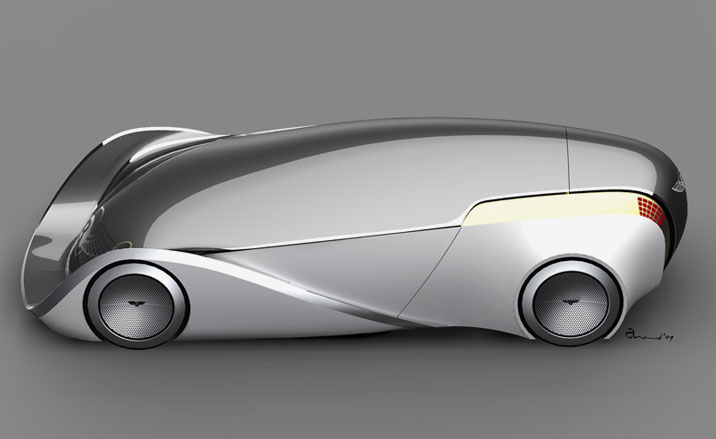
Anand Krishnan, 29 from India
‘Bentley is associated with power and style, which I interpret as refined aggression,’ explains the designer. The second skin works as a layer to channel air away to the rear for improved aero performance.
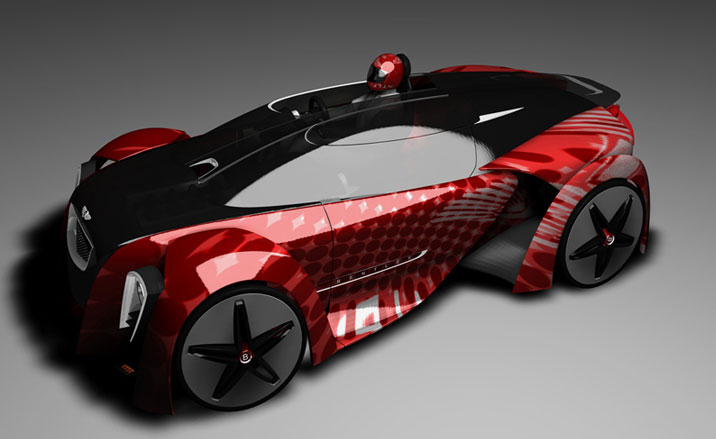
Augustin Barbot, 26, from France
Barbot has created an aerodynamic sports car with very thin wheels, featuring four wind turbines integrated in the wheel arches to provide the batteries with electricity. The double curved roof minimises air resistance. ‘The two-part retractable roof allows the seats to move into three different configurations: the driving position of a speedster, a coupe and a roadster, all in one car,’ says the designer.
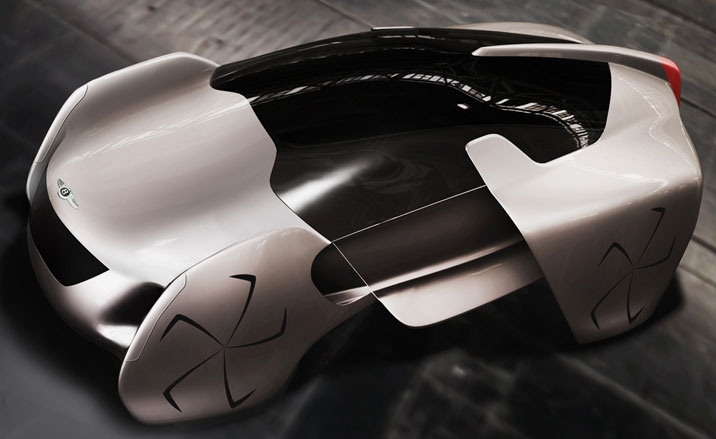
Dalibor Pantucek, 26, from the Czech Republic
The Spitfire was inspired by Bentley’s airplane engine-making heritage – the teardrop body shape taking direct cues from aviation. The hidden wheels work like aircraft wings helping with down force.
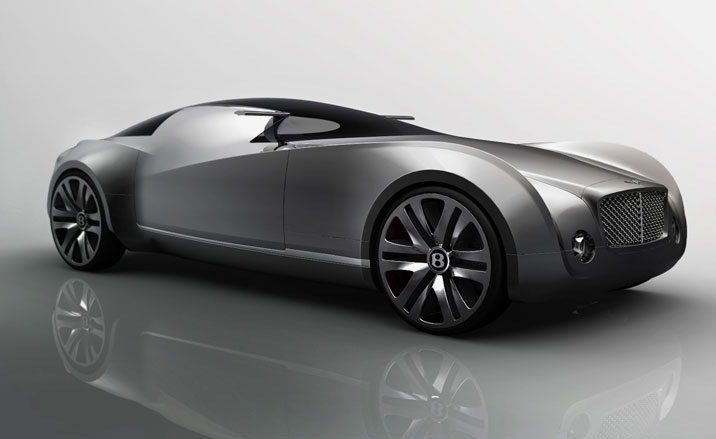
David Seesing, 26 from Germany
The Mirage is a 2+2 seater electric concept car, aimed at a younger buyer. ‘With only two eyes, the Mirage shows its real identity when the blacked out headlights are switched on,’ says Seesing. ‘The vertical orientation of the lights takes inspiration from Bentley’s historic 8-litre car.’
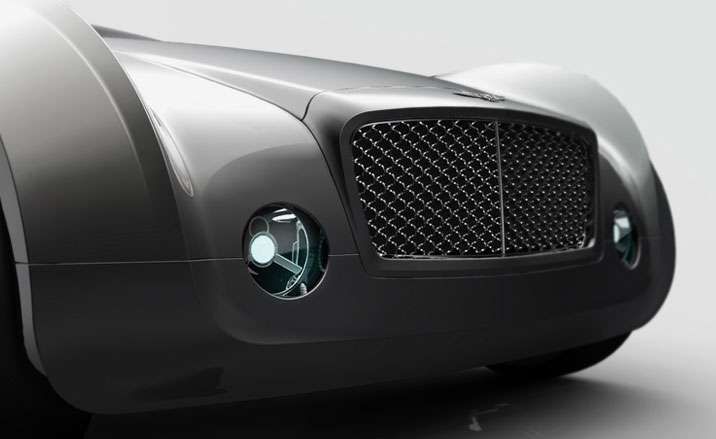
The Mirage, as proposed by David Seesing.
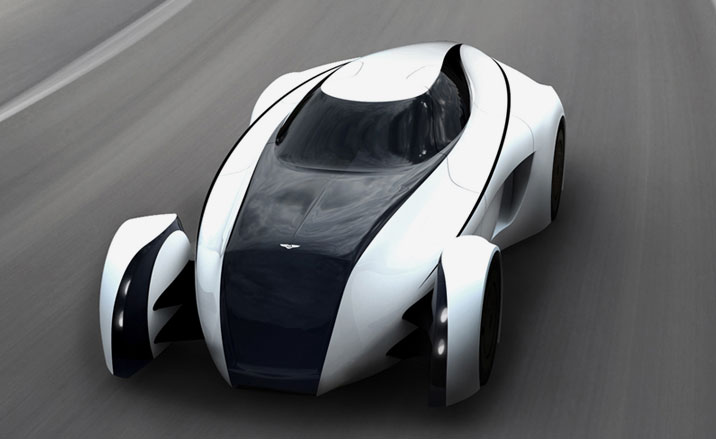
Gabriel Tam, 27 from Australia
The Speed VI aims to revive and celebrate the sporting heritage of Bentley Motors. ‘Following in the footsteps of the original Speed 6, 4½ -litre, and more recently the Speed 8 Le Mans racer, the Speed VI is created for the discerning Bentley track day enthusiast,’ says Tam.
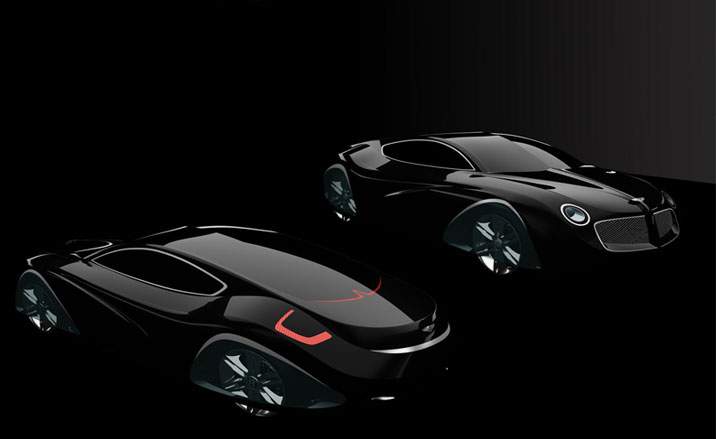
Jong Won Lee, 33 from South Korea
The N(Neo fire) has been inspired by the post-neoclassical period, says the designer who has covered the wheels for enhanced aerodynamic efficiency.
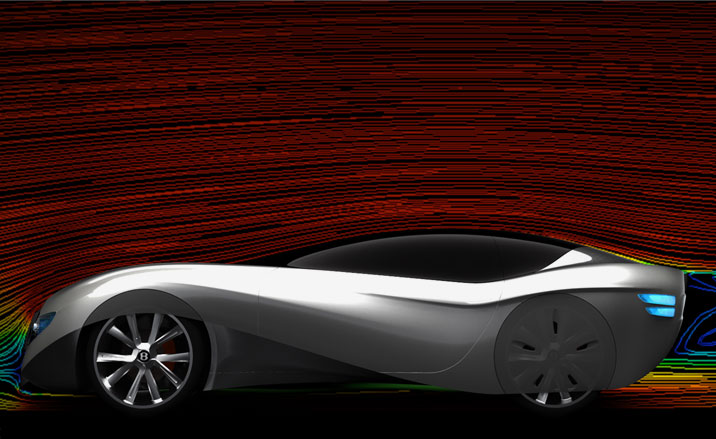
Miika Heikkinen, 26, from Finland
TEN11 is inspired by the number of feathers in the Bentley logo - 10 on the left, eleven on the right. Heikkinen designed the electric prototype with a professional kite boarder in mind. ‘The traditional long bonnet creates a possibility to have a big storage place under it - a feature demanded by a lot of Bentley customers,’ says the designer.
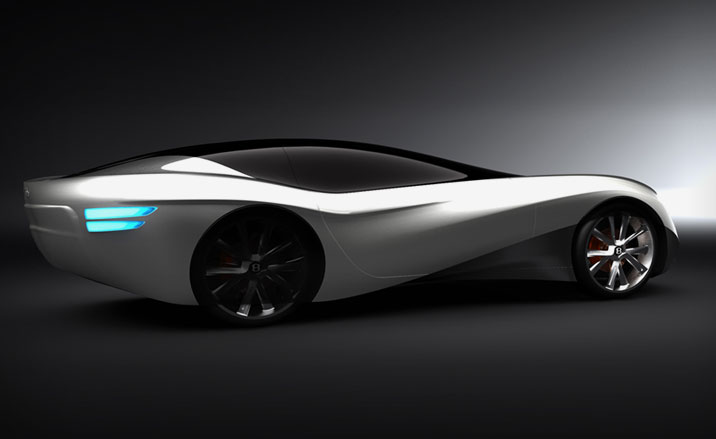
Miika Heikkinen's TEN11.
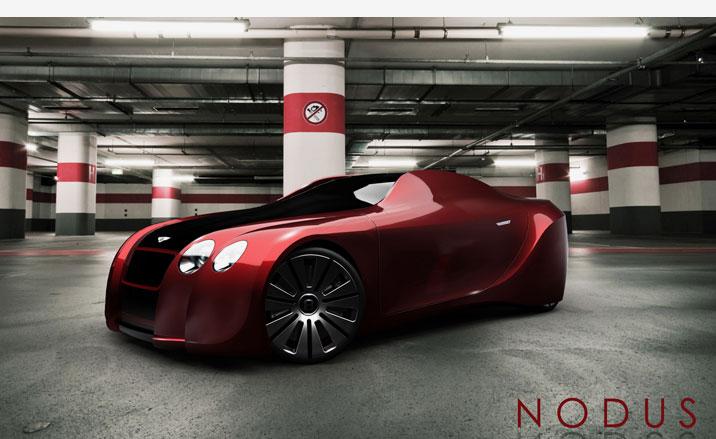
Niki Merriman, 24 from the UK
Insects were the inspiration behind Nodus, with its overlapping layers on the body panel. Merriman has covered the rear wheels to aid the aerodynamics. When stationary the side windows have the ability to change to the same colour as the body for security and privacy. When the vehicle is in use the colour bleeds away to a clear window.

Philipp Siebourg, 30 from Germany
‘My mid-engine vision is influenced by Bentley’s racing tradition,’ says Siebourg. The teardrop cabin guides airflow to the rear, the diffuser manages to reduce the lift of the vehicle in the back, plus the low bonnet cuts back on turbulence at the front of the vehicle.
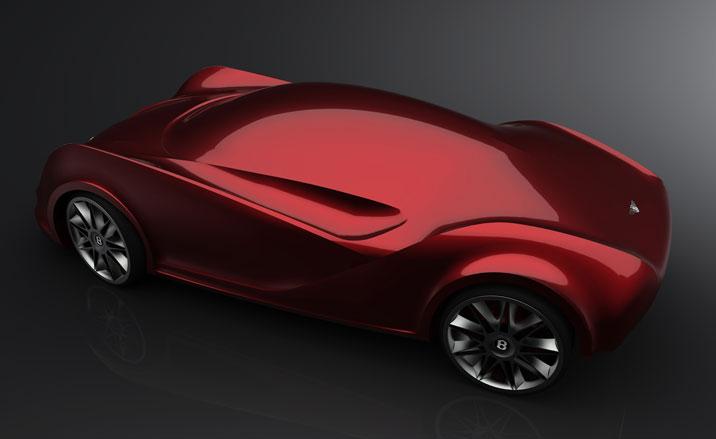
Philipp Siebourg’s teardrop-influenced design.
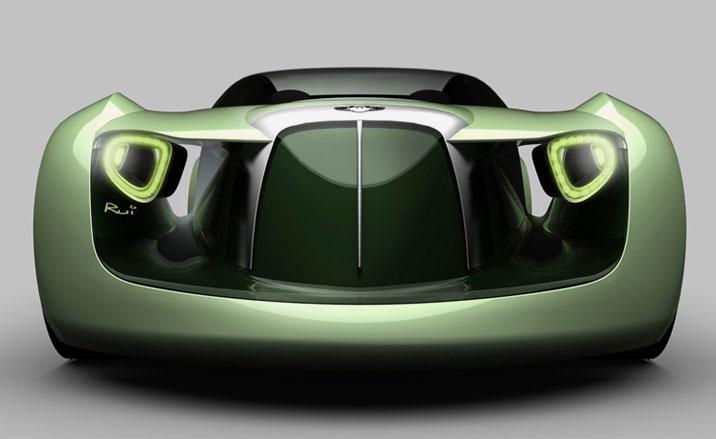
Rui Guo, 22 from China
The Serenade GT is an electric sports car inspired by jewellery. The two channels between the hood and front wheels guide airflow through the body to the side, for reduced air drag. Guo explains: ‘The structure at the rear end naturally forms a two-layered diffuser, increasing the down-force from the airflow.’
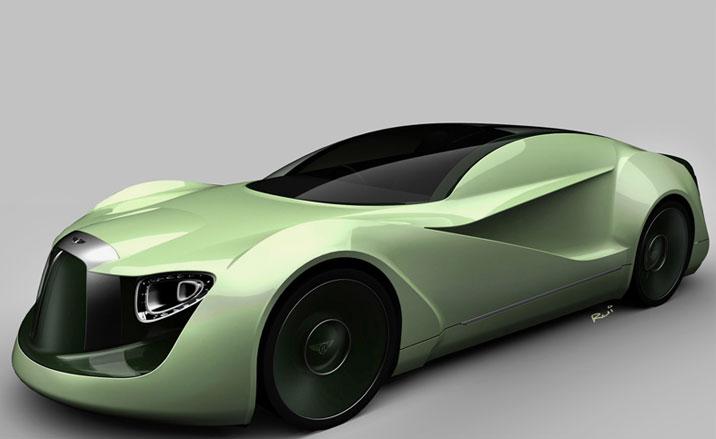
Rui Guo’s Serenade GT
A writer and editor based in London, Nargess contributes to various international publications on all aspects of culture. She is editorial director on Voices, a US publication on wine, and has authored a few lifestyle books, including The Life Negroni.
-
 Usher opens up about breakfast playlists, banana pudding and why a glass tumbler is always on his rider
Usher opens up about breakfast playlists, banana pudding and why a glass tumbler is always on his riderOn the heels of a collaboration with Baccarat, the Grammy-winning singer-songwriter breaks down his entertaining tips. 'Hosting is an expression of how you feel about your guests and also who you are.'
-
 The beauty trends that will define 2026, from ultra-niche fragrances to anti-ageing dental care
The beauty trends that will define 2026, from ultra-niche fragrances to anti-ageing dental careAs we enter the new year, we speak to experts in fragrance, skincare, aesthetics, wellness and more about the trends that will be shaping the way we look
-
 The most stylish hotel debuts of 2025
The most stylish hotel debuts of 2025A Wallpaper* edit of this year’s defining hotel openings. Design-led stays to shape your next escape
-
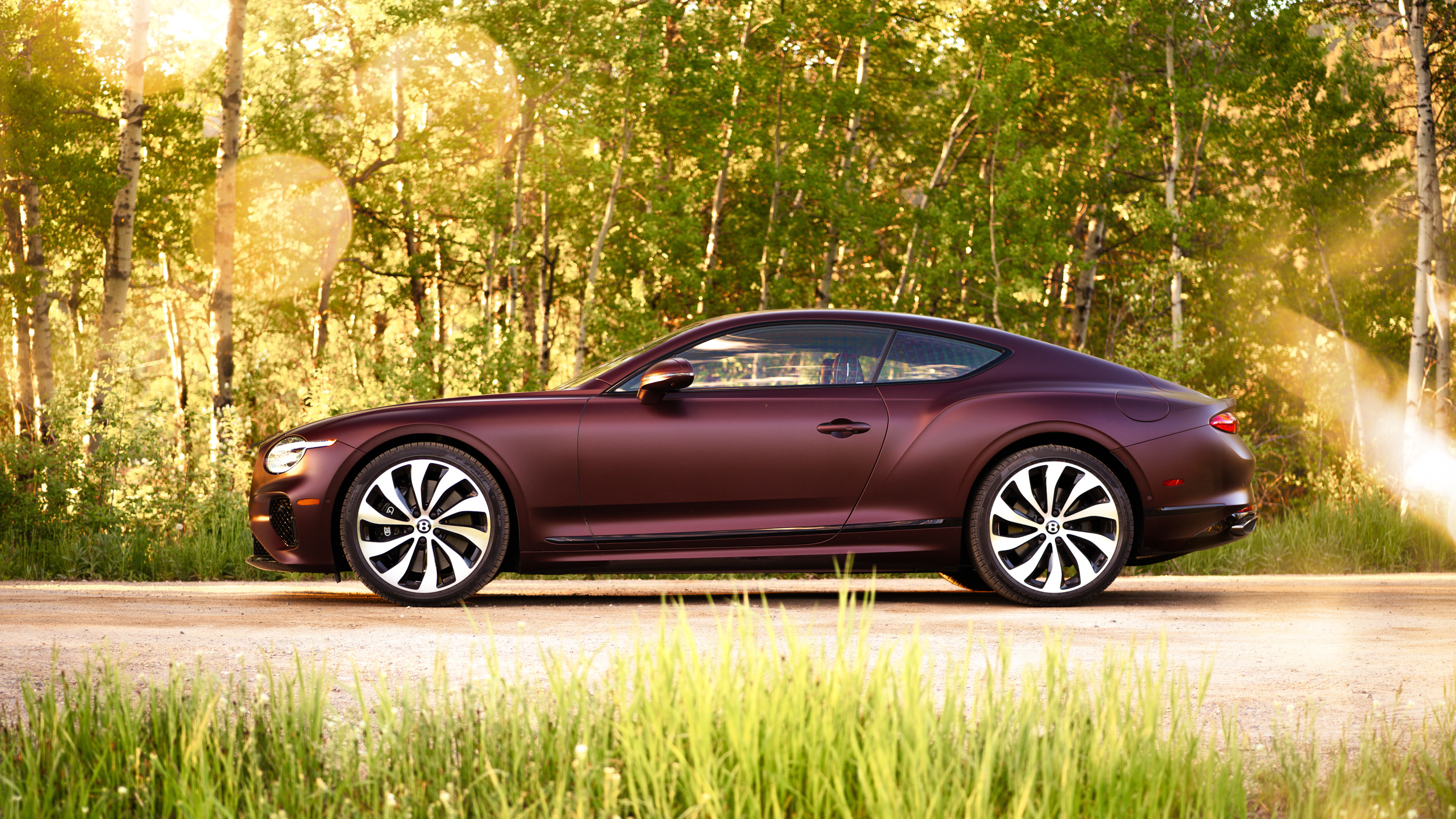 Bentley beefs up its range with new hybrid options, power hikes and bolder design
Bentley beefs up its range with new hybrid options, power hikes and bolder designMontana served up a backdrop of natural wonders in which to experience the latest nips and tucks to Bentley’s mainstay range, the Continental GT, Continental GT Convertible and Flying Spur
-
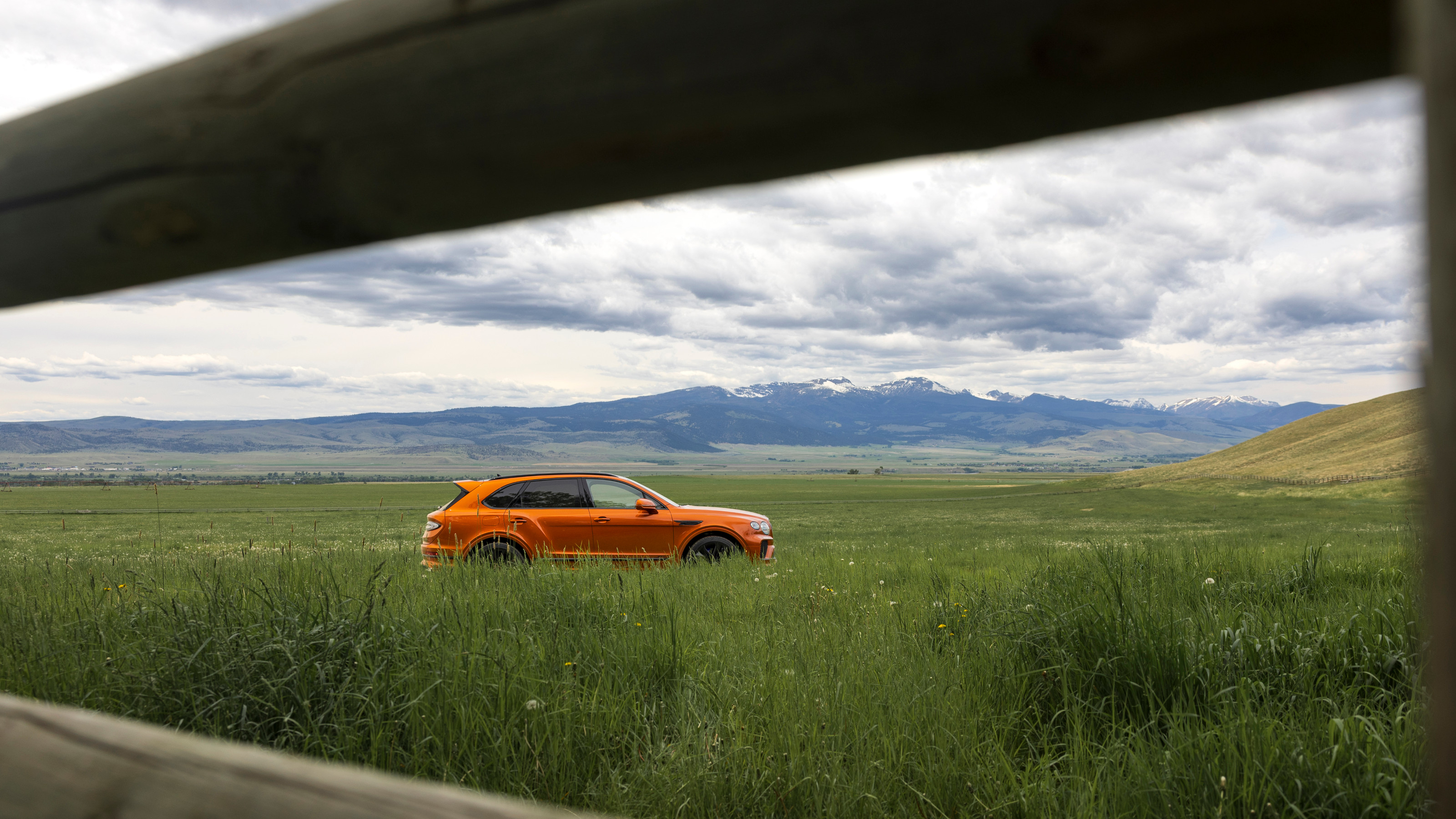 It’s big, bold and loud without a battery in sight. Meet the new Bentley Bentayga Speed
It’s big, bold and loud without a battery in sight. Meet the new Bentley Bentayga SpeedWe kick up dust in the new V8-powered Bentayga Speed as Bentley brings its luxury SUV challenger to the Big Sky State
-
 Wallpaper* takes the wheel of the Bentley Blower Jnr for a rich automotive experience
Wallpaper* takes the wheel of the Bentley Blower Jnr for a rich automotive experienceHedley Studios has shrunk the mighty Bentley Blower into this all-electric, road-legal barnstormer. We take it to the streets of London
-
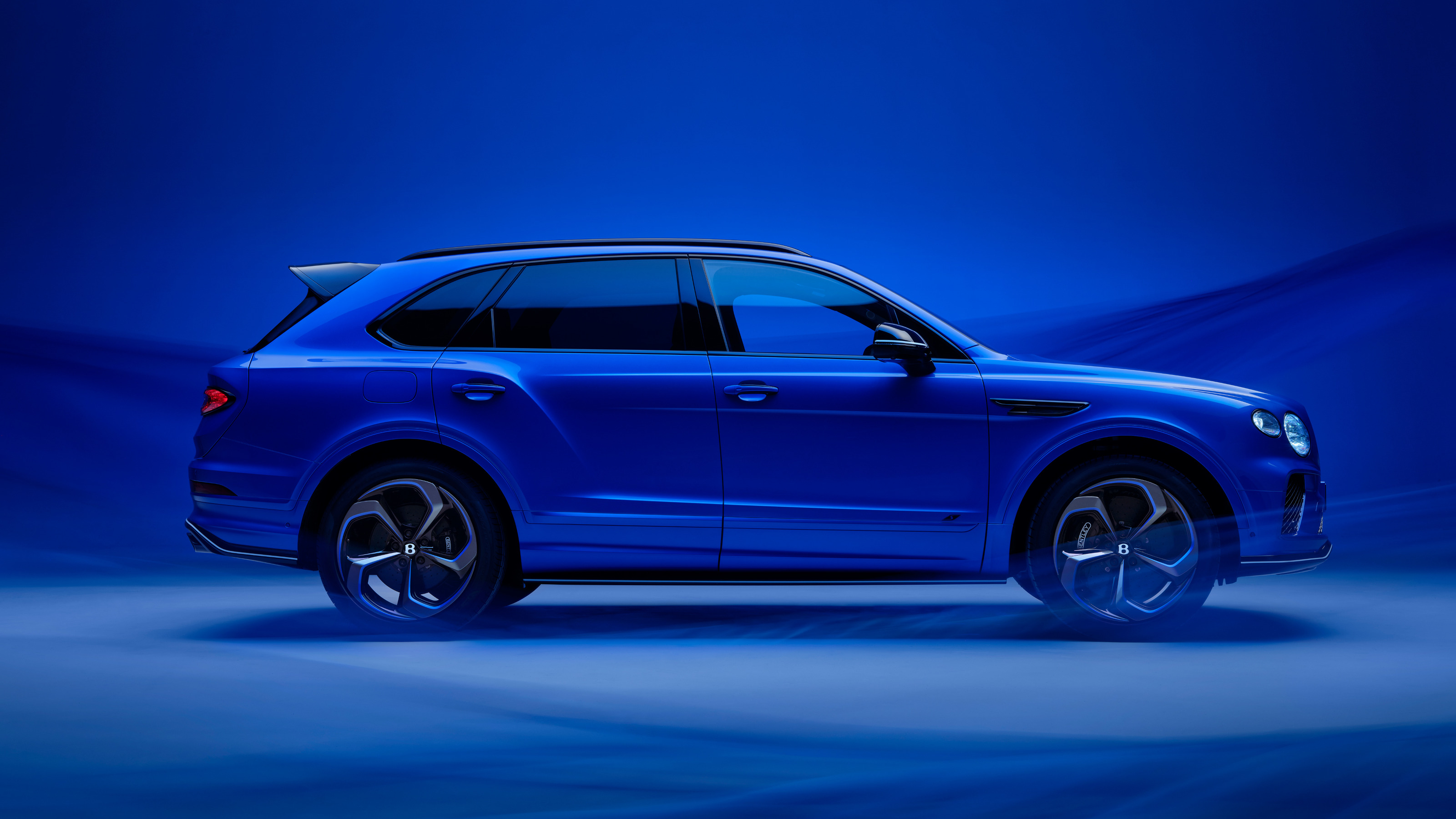 Bentley collaborates with fashion designer Supriya Lele to create ‘Nīla Blue’
Bentley collaborates with fashion designer Supriya Lele to create ‘Nīla Blue’This one-off Bentley Bentayga S showcases a new paint and interior specification created with Indian-British designer Supriya Lele
-
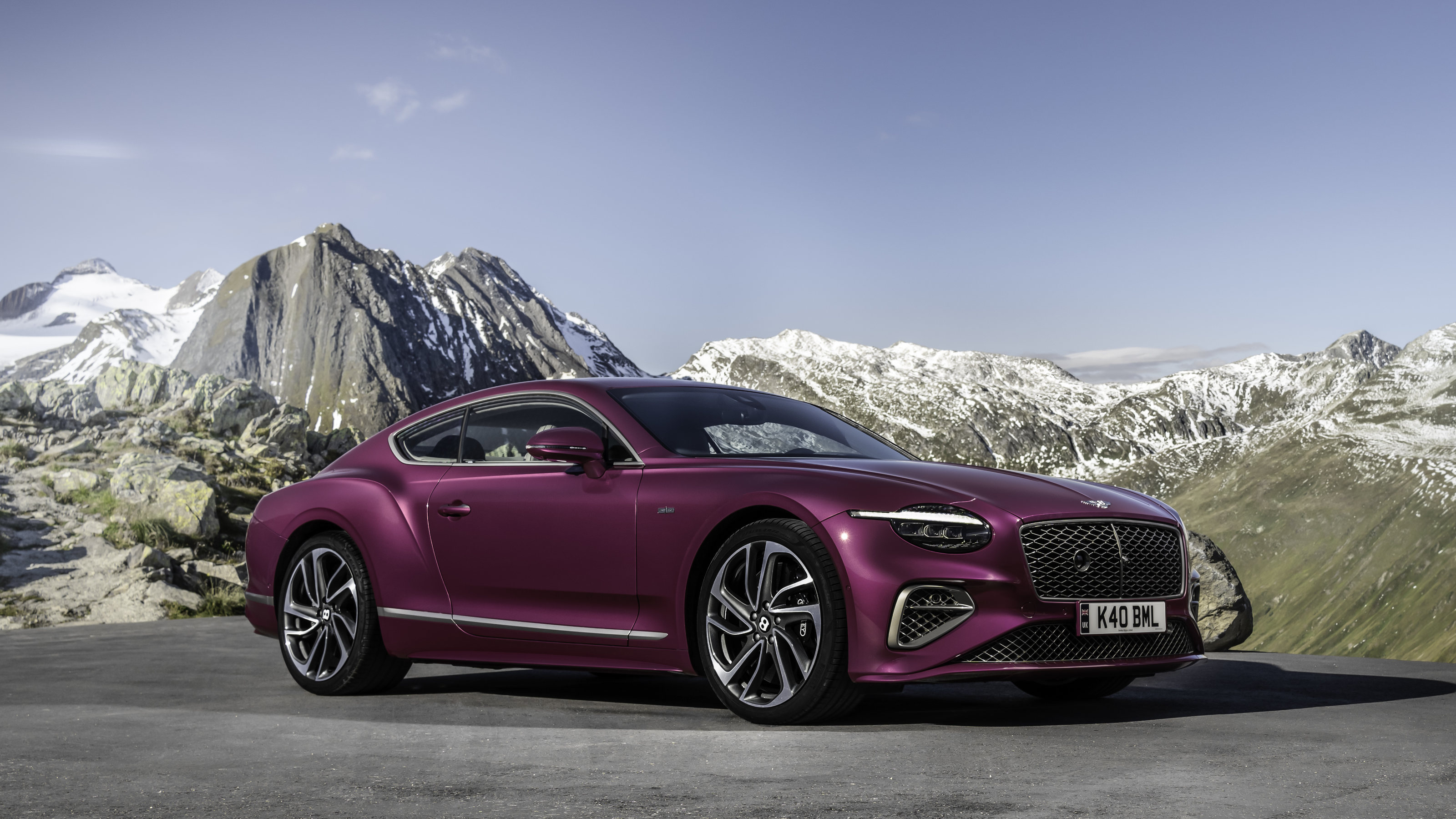 The new Bentley Continental GT Speed surpasses its top-ranking predecessor
The new Bentley Continental GT Speed surpasses its top-ranking predecessorHigh in the Alps behind the wheel of a brand new hybrid Bentley, we reflect on what it takes to make a modern supercar
-
 Bentley describes the updated hybrid Flying Spur Speed as a four-door supercar
Bentley describes the updated hybrid Flying Spur Speed as a four-door supercarThe latest version of the Bentley Flying Spur is a technological showcase and an outstanding performer
-
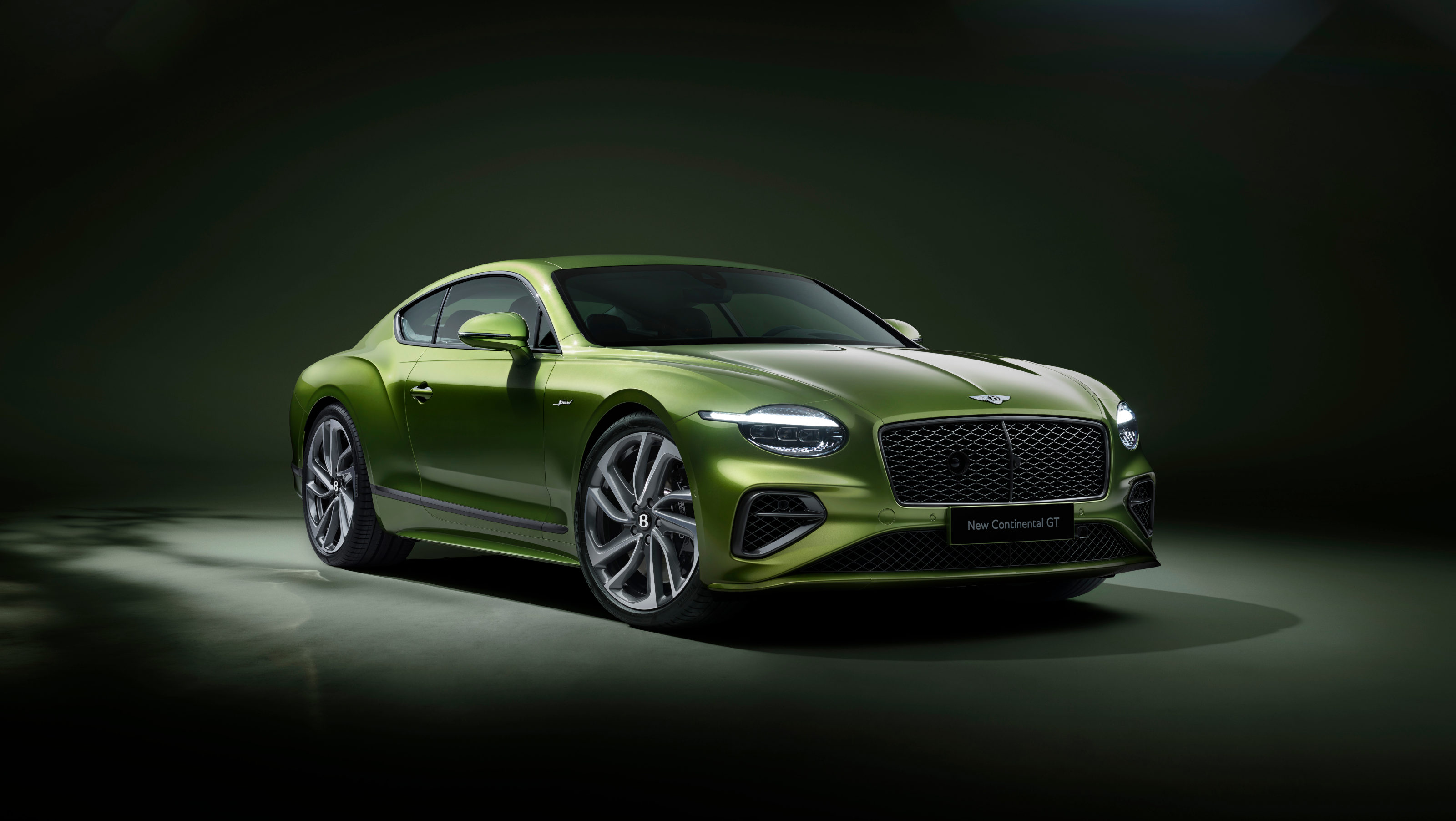 Bentley rolls out the latest version of its majestic grand tourer, the Continental GT Speed
Bentley rolls out the latest version of its majestic grand tourer, the Continental GT SpeedAvailable as both coupé and convertible, the fourth generation Bentley Continental GT Speed harnesses hybrid power to become a record breaker for the brand
-
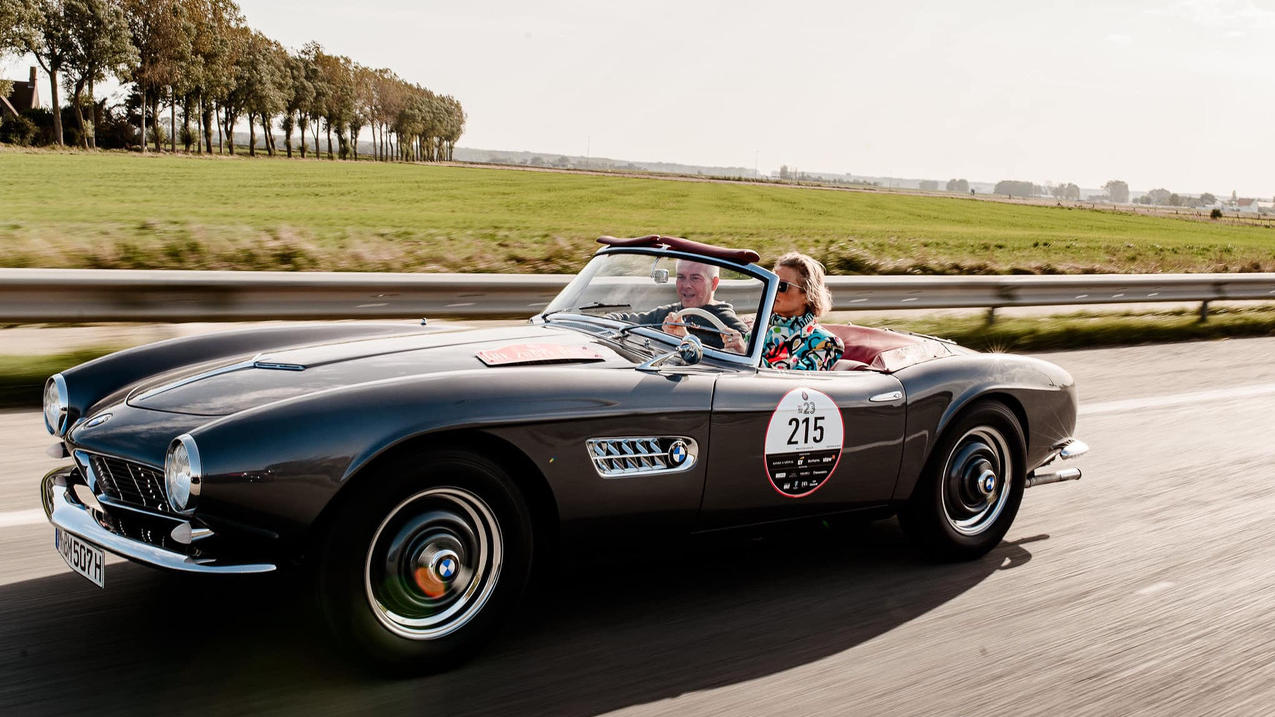 Zoute Grand Prix is a car fest like no other at a pristine Belgian beachside town
Zoute Grand Prix is a car fest like no other at a pristine Belgian beachside townAmy Serafin takes to the well-heeled streets of Knokke-Heist to experience the Zoute Grand Prix, its annual cavalcade of classic car-related events, from a rally to an auction